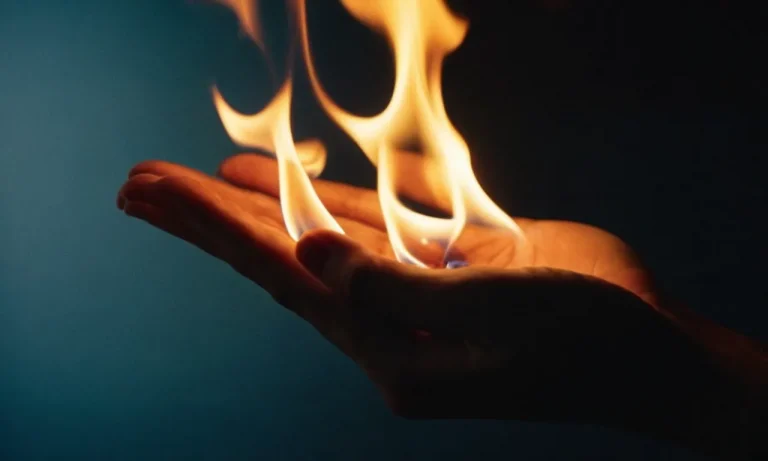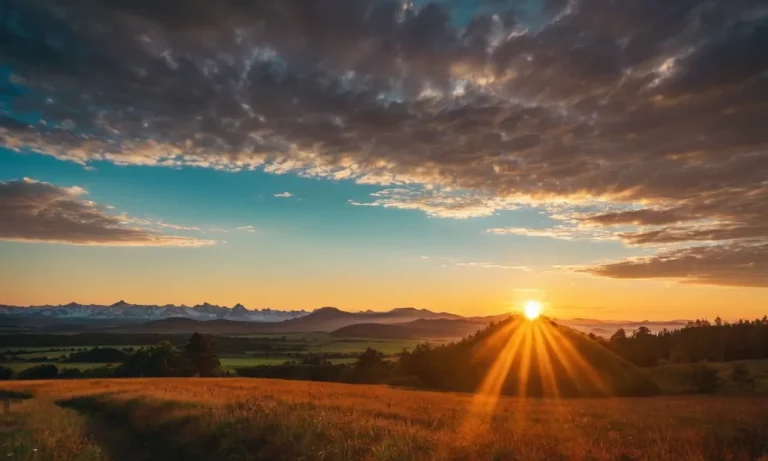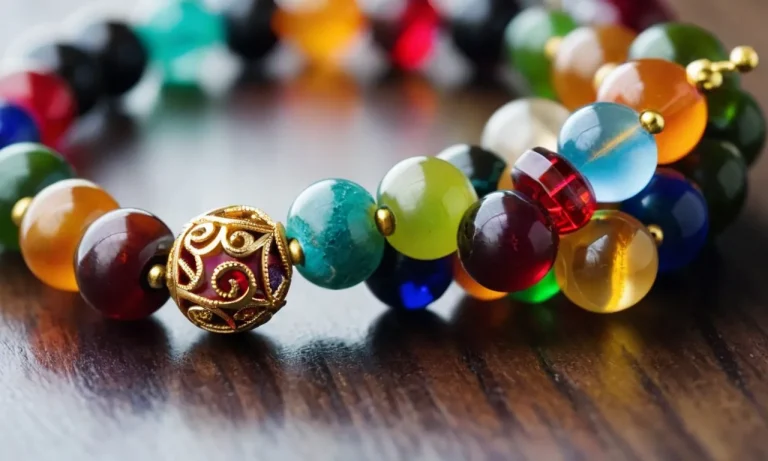Skeletons hold deep symbolic meaning in many spiritual traditions and practices throughout history, often representing core aspects of human existence like mortality, impermanence, and the afterlife. If you’ve been curious about skeleton symbolism, this comprehensive guide uncovers the various spiritual meanings behind these compelling images of the core structure underlying life itself.
In short, skeletons generally symbolize mortality, death, impermanence, life’s transient nature, spirit release, and even rebirth or regeneration in a spiritual sense across various faiths and cultures.
Prominent Use of Skeletons in Mexico’s Day of the Dead Festivities
Skeletons as Playful Reminders of Mortality
Skeleton imagery is ubiquitous during Mexico’s colorful Day of the Dead (Día de Muertos) celebrations. Far from being morbid, skeletons serve as playful, humorous reminders of human mortality. Decorated skeleton statues and calaveras (skull) imagery can be seen on altars, foods, decorations, face paintings, and costumes.
This reflects the festival’s joyful celebration of deceased loved ones. As Mexico’s indigenous cultures mixed with Catholic traditions, Día de Muertos evolved into a time for fondly remembering those who came before while accepting death’s inevitability with levity.
Hence lively skeletons symbolize that death can be mocked and need not preclude enjoying life.
Vibrant Skeletal Iconography
Skeleton imagery first arose in Aztec and other Mesoamerican cultures. Deities like Mictēcacihuātl, goddess of the afterlife, were depicted as skeletal figures. When the Spanish introduced Catholicism and All Saints’ Day, the indigenous Día de Muertos customs melded these old skeletal motifs with Christian conceptions of saints and the afterlife.
| Common Skeletal Icons | Meaning |
| Flowery skeleton couples | Romantic love persisting after death |
| La Calavera Catrina | Satirical take on upper-class death’s inevitability |
| Skeleton children | Innocence and playfulness of the departed |
This intermingling produced vibrant Día de Muertos skeletal iconography. Intricately decorated sugar skulls, skeleton couples, and José Guadalupe Posada’s satirical calaveras all showcase death’s whimsical side using symbolic skeleton art.
Skeleton Couples and Gender Symbolism
Skeletal couples demonstrate an evolution in gender attitudes. Previously, only female skeletons appeared since Aztec goddesses reigned over death. But later skeletal couples emerged symbolizing males and females experiencing death’s equalizing nature.
This expanded iconography reflects developing equality between men and women. Yet some argue skeletal couples reinforce outdated gender roles. Flowery female skeletons are delicate and emotional whereas male skeletons appear protective, strong, and unsentimental.
Still, these colorful couples remain staple motifs during Day of the Dead’s lively celebrations.
Skeletons in Buddhism and Hinduism
Impermanence and Non-Attachment
Both Buddhism and Hinduism emphasize the ephemeral nature of human existence and the need for non-attachment. Skeleton symbolism reflects these beliefs, reminding devotees of the fleeting nature of corporeal forms which will all eventually decay and die.
Visualizations of skeletons serve as striking memento mori which highlight the virtues of letting go of ego, desire and clinging to temporal phenomena.
Sages in these Dharmic faiths believe true happiness arises from liberation from attachments and realizations of the permanent nature of spirit, not flesh. As the Buddha taught the concept of anitya (impermanence): Whatever is subject to origination is subject also to cessation
.
Skeletal imagery reinforces how spiritual seekers must transcend identification with the mortal body.
Cremation and Skeletal Relics
Cremation is the prevailing funeral practice for both Hindus and Buddhists. Followers see this purification rite as formally releasing attachments to the perished body as the bones and remains are transformed to ash.
For some branches of Buddhism however, relics of realized masters may be honored, particularly skeletal pieces which are believed to contain residual spiritual presence.
Famous examples of Buddhist skeletal relic worship include fragments and crystals found among remains of enlightened monks and nuns. Shrines in temples like Mahabodhi and Bodh Gaya enshrine such relics to represent non-attachment to form, while respecting the relics as symbols of transcendence and holy transmission.
Yogic Visualization and Skeletal Forms
Tantric yoga traditions make use of provocative skeletal visualizations and forms including:
- Mindfulness practices where students visualize their flesh and organs falling away, leaving shining white bones as a focal point reminding them of impermanence
- Wrathful protector deities like Mahakala and Kali take on fierce skeletal iconography, wielding weapons and garlands of skulls
- Advanced yogis may visualize the body as composed of 5 elemental forms, with bones representing earth
By directly confronting the ephemeral realities of biological death, meditators pursue spiritual liberation from attachment. For serious yogic practitioners, skeletal symbolism takes on great mystical meaning reflecting transcendence of egoic limitations.
Skeletal Themes in Christianity and Catholicism
Memento Mori
The Latin phrase “memento mori” translates to “remember you must die” and serves as a reminder of human mortality in some Christian traditions. Some art and architecture incorporates symbols like skulls or hourglasses to reflect on the impermanence of life.
Ossuaries and Religious Architecture
Ossuaries, buildings that house the bones of the dead, can be found in some Catholic churches and monasteries. The skeletal remains and crypts are intended to encourage reflection on spirituality.
Danse Macabre Frescoes
“Danse macabre” frescoes depicting skeletons dancing with people from all walks of life reflect the universality of death. These macabre images underscored the importance of being spiritually prepared for death in medieval Catholicism.
Alchemy, Occultism, and Spiritual Regeneration
Skeletons as Prima Materia
In alchemical traditions, the skeleton holds deep symbolic meaning as the prima materia or “first matter.” Alchemists believe all matter contains divine essence, and the process of alchemical transmutation releases this essence from physical forms.
As structures reduced to bone, skeletons represent matter simplified to its core elements – the purest prima materia for spiritual regeneration.
The 16th century alchemist Paracelsus wrote of the “Anatomy,” a skeleton symbolizing prima materia as the underlying template of the physical world. Working with skeletal symbolic imagery, alchemists metaphorically reduce themselves to bare bones essence to undergo “spiritual putrefaction” – breaking down constructs of ego and belief – allowing for rebuilding on higher planes of purity and enlightenment.
Skeletons in Ritual and Magic
Across occult traditions, skeletons and skulls hold deep ritual symbolism representing the transcendence of death and cycles of spiritual transformation. Human bone relics have long been used as ritual tools, believed to hold magical powers and spiritual potency – the quintessential materials for occult regeneration.
Crystal skulls, animal bones, and human bones continue to be actively used in modern occult practices like Hoodoo, Palo Mayombe, and Wicca. Rituals may incorporate the magical “recharging” of skulls through feeding or the use of skeleton keys to represent unlocking insight and power from death’s domain.
Bones symbolically connect the magician or witch to the timeless cycles of death and rebirth.
Transcendence of Death
Skeleton imagery serves as a striking reminder that material forms do not last, though the essence of consciousness continues. Memento Mori (“remember you must die”) motifs – skulls, skeletons, extinct creatures – have been artistic themes for centuries, created across cultures as philosophical contemplations of life’s impermanence in the greater context of soul and spirit.
The Mexican “Dia de Muertos” holiday celebrates the departed with vibrant skeletal imagery, joyously honoring death as the transition to renewed planes of living. Many tribal spiritual traditions ritualize the skeleton in dances, masks, or effigies to contact ancestors, honor the cessation of flesh, and revere the deathless spirit within.
Skeletons in Mythology and Folklore
Grim Reaper
One of the most well-known skeletal figures is the Grim Reaper, also known as the Angel of Death. Often depicted as a skeletal figure draped in a hooded black robe and carrying a scythe, the Grim Reaper symbolizes death and the transition between life and whatever comes after.
Tales of the Reaper appearing to escort souls to the afterlife have permeated folklore and mythology for centuries.
While the quintessential image of the Grim Reaper elicits fear and darkness, the Reaper also reflects themes of transition, change, and renewal. Ancient Celtic and Norse legends told of gods and warriors who were linked to the Reaper and his duty of guiding souls to the afterlife after their earthly deeds were done.
Undead Creatures
Skeletal imagery also manifests in myths and legends in the form of the undead – creatures who have passed from life, but still walk the earth. Tales of animated skeletons and skeletal ghosts, vampires, and zombies originate from cultural traditions all over the world.
In China, jiangshi are reanimated corpses that hop around with stiff limbs. Ancient Mesopotamian poems described ekimmu as the bones and skulls of the dead that floated around to trouble the living. And Eastern European folklore brimmed with stories of the undead rising from their graves as vampires or zombies with skeletal frames to feed on the blood or brains of villagers after dark.
Though spooky, these undead creatures speak to deeply-rooted beliefs across cultures about life, death, and what lies beyond. They also illustrate concepts of renewal – as with the jiangshi who return to animation after death – and cautionary tales about disrespecting the dead.
Ancestral Connections
Skeletons also took on sacred symbolism in some cultures. Ancient Mexicans viewed skulls and skeletons as symbols of life and hope – the skeletal dead were honored and kept close by the living as guides to the afterlife when their time came too.
Vertebrae were viewed as sacred for their ability to support and connect the body.
Similarly, in early Buddhism, monks decorated temples with skulls and bones as memento mori – reminders of impermanence and the necessity to live fully in the present. And the ancient Celtic holiday Samhain (Halloween) was associated with communing with skeletal spirits of ancestors past.
So while skeletons can elicit frightening images of death, they also reflect deep-seated connections in mythology, religion, ancestor worship, cultural traditions about the afterlife. Their symbolism reminds us of the continuity between life and afterlife in the great transition that all living beings eventually make.
Conclusion
As we’ve seen, skeleton imagery carries deep spiritual symbolism across cultures and belief systems, generally representing the ephemeral nature of life and the possibility of rebirth or transcendence of death under the right conditions.
By contemplating our own inevitable mortality through resonant symbols like skeletons, many faiths believe we can unlock greater meaning in life.
Skeleton visualizations remind us that our time here is limited, so we would do well to consider how best to live and connect with deeper levels of existence beyond the physical. If skulls and bones seem gloomy at first glance, look closer—with the right spiritual mindset, they gleam brightly with the magical possibilities that death’s dark door may not be the end after all.






